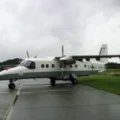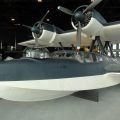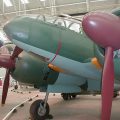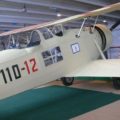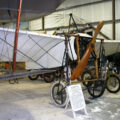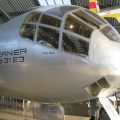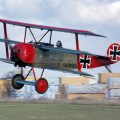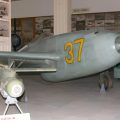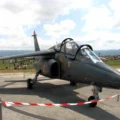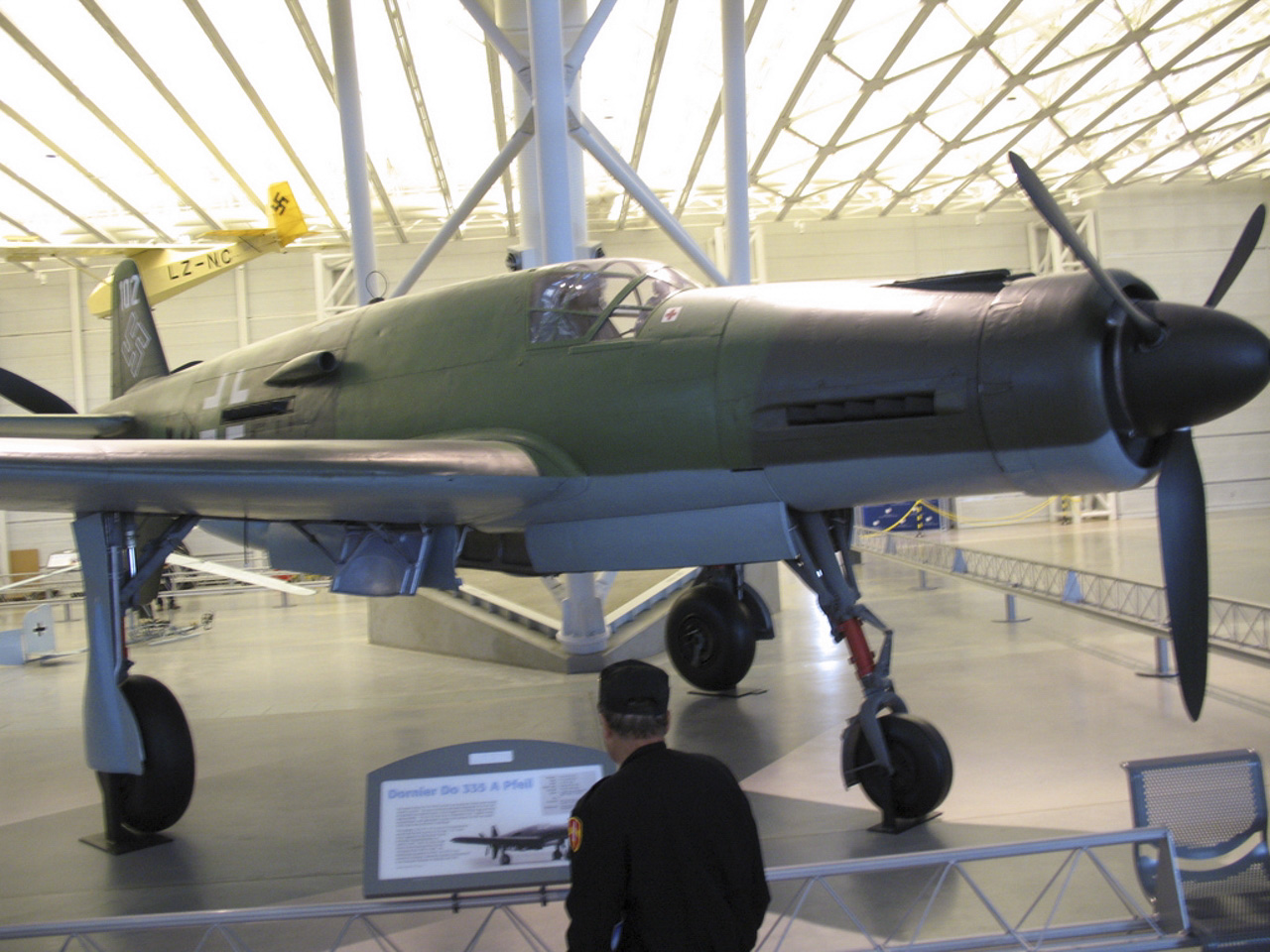
Dornier Do.335 | |
|---|---|
| Šalies | Nacistinė Vokietija |
| Vaidmenį | Naikintuvas-bombonešis |
| Pirmasis skrydis | 1943 m. spalio 26 d. |
| Pastatytas | 37 |
2007 Dornier Ar 335 Pfeil ("Arrow") buvo Antrojo pasaulinio karo sunkusis kovotojas, pastatytas Dornier kompanijos. Dvivietis treniruoklis taip pat vadinosi Ameisenbär ("anteater"). "Pfeil" našumas buvo daug geresnis nei kitų dviejų variklių konstrukcijų dėl unikalaus "push-pull" išdėstymo ir daug mažesnio aerodinaminio dviejų variklių išlygiavimo tempimo. Tai buvo greičiausias Vokietijos stūmoklinis variklis Antrojo pasaulinio karo orlaivis. "Luftwaffe" labai norėjo, kad dizainas būtų pradėtas naudoti, tačiau variklių pristatymo vėlavimas reiškė, kad iki karo pabaigos buvo pristatyta tik keletas.
Šaltinis: Dornier Do.335 Vikipedijoje
| Dornier Do.335 A-0 Pfeil pasivaikščiojimas aplink | |
|---|---|
| Fotografas | Cees Hendriksas |
| Lokalizavimo | Nežinoti |
| Nuotraukos | 67 |
| Dornier Do 335 A B-2 Pfeil | |
|---|---|
| Fotografas | Unknow |
| Lokalizavimo | Nežinoti |
| Nuotraukos | 26 |
Taip pat žiūrėkite:
2007 Dornier Do.335 buvo vokiečių naikintuvų-bombonešių lėktuvas, kurį Antrojo pasaulinio karo metu suprojektavo ir pastatė Dornier. Jis buvo pastebimas dėl savo neįprastos dviejų variklių konfigūracijos stūmimo ir traukimo įrenginyje, kuris suteikė jam didelį greitį ir našumą. "Do.335" taip pat buvo įrengta triratė važiuoklė, ežektoriaus sėdynė ir slėginė kabina. "Do.335" buvo vienas greičiausių karo laikų lėktuvų su stūmokliniais varikliais, pasiekęs maksimalų 763 km/h (474 mylių per valandą) greitį 6 500 m (21 300 pėdų) greičiu.
Do.335 buvo sukurtas iš ankstesnio Dornier P.231 projekto, kuris buvo pateiktas RLM (Reicho oro ministerijai) 1939 m. Kaip greitaeigis bombonešis. P.231 buvo atmestas kaip pernelyg rizikingas ir sudėtingas, tačiau Dornier toliau slapta dirbo su koncepcija. 1942 m. RLM vėl susidomėjo dizainu ir užsakė prototipą pavadinimu Do.335. Pirmasis prototipas skrido 1943 m. spalio 26 d. ir sužavėjo RLM savo našumu ir potencialu. RLM užsakė keletą Do.335 variantų, įskaitant vienvietį naikintuvą (Do.335A), dvivietį treniruoklį (Do.335B), naktinį naikintuvą (Do.335C) ir sunkųjį naikintuvą (Do.335D).
Tačiau Do.335 trukdė keletas veiksnių, tokių kaip sąjungininkų bombardavimo reidai, medžiagų ir komponentų trūkumas bei techniniai sunkumai, susiję su varikliais ir sraigtais. Iki karo pabaigos buvo baigti tik 37 Do.335s, ir nė vienas nematė kovinių veiksmų. Daugumą jų vokiečiai sunaikino, kad jie nepatektų į sąjungininkų rankas, arba užėmė sąjungininkai ir paėmė vertinimui. Keletas pavyzdžių išliko muziejuose ir privačiose kolekcijose, o vienas buvo atkurtas į tinkamumo skraidyti būklę 2009 m.
Views : 5558



